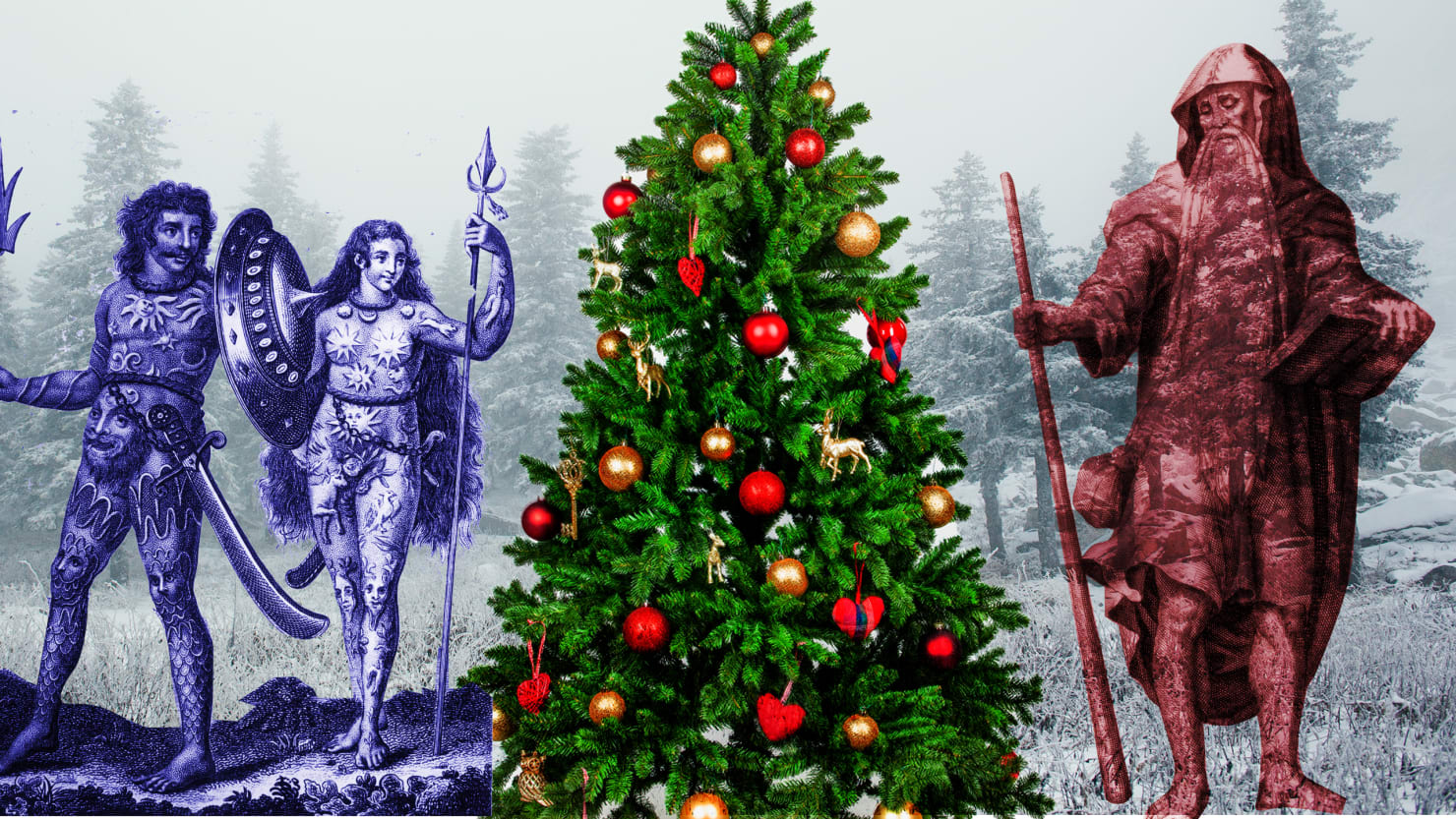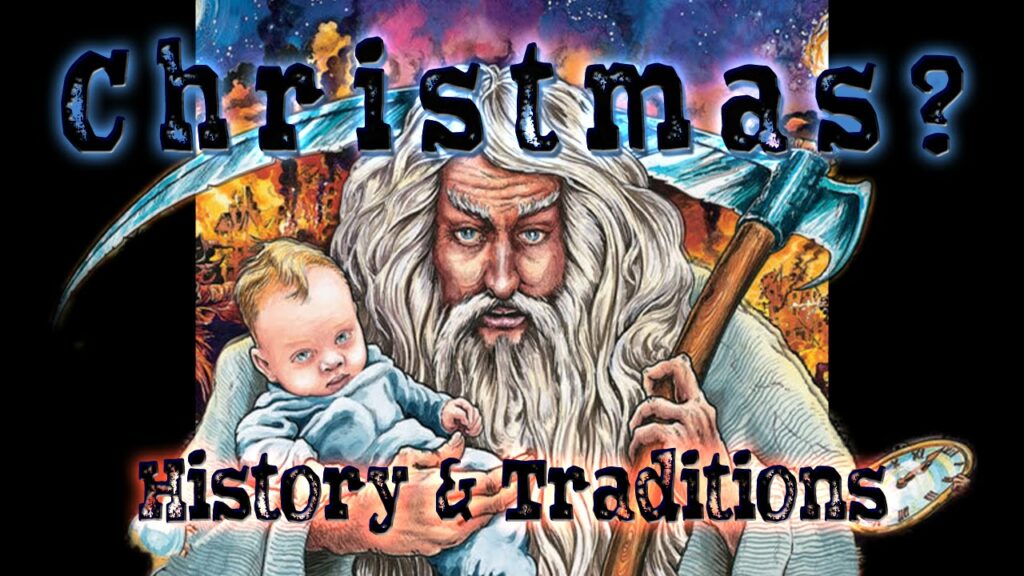
The winter solstice has long been a time of celebration and reflection for cultures around the world. As the shortest day of the year, it marks a turning point in the earth's journey, a moment when the days begin to grow longer and the sun's warmth starts to return. For many ancient civilizations, this time of year was a sacred occasion, a moment to connect with the divine and ensure the continued fertility and prosperity of their lands.
In the Northern Hemisphere, the winter solstice typically falls on December 21 or 22. It is a time when the earth is at its coldest and darkest, and the days are shortest. Yet, even in the midst of this chill, there is a sense of promise and renewal. The earth is not dead, but rather, it is resting, replenishing its energies in preparation for the new cycle of growth that will begin in the spring.
For the ancient pagans, the winter solstice was a time of great importance. It was a moment when the veil between the worlds was at its thinnest, when the boundaries between the living and the dead were blurred. The pagans believed that on this day, the gods and goddesses of old would walk among mortals, sharing in the feasts and celebrations that took place.
One of the most famous of these ancient pagan festivals was Yule, a Germanic celebration that took place on the winter solstice. Yule was a time of feasting and merriment, when families and communities would come together to share in the warmth and light of the season. They would decorate their homes with evergreen branches, holly, and mistletoe, symbols of eternal life and fertility.
Yule was also a time of great spiritual significance. The pagans believed that on this day, the great god Odin would ride across the sky on his eight-legged horse, Sleipnir, dispensing gifts and blessings to all those who honored him. They would also light great fires and burn the Yule log, a symbol of the eternal flame that burned within the heart of the earth.
As Christianity spread throughout Europe, the early Christian church attempted to eliminate these pagan traditions. However, they soon realized that it was easier to incorporate these customs into their own celebrations, rather than trying to eradicate them entirely. And so, Christmas was born, a holiday that blended the ancient pagan traditions with the Christian story of the birth of Jesus.
Today, Christmas is a holiday celebrated by millions of people around the world. It is a time of gift-giving, feasting, and merriment, a moment when families and friends come together to share in the joy and spirit of the season. Yet, beneath the surface of this festive occasion, lies a deeper, more complex history, one that speaks to the enduring power of pagan traditions and the human desire to connect with the natural world.
Early Christmas Traditions

In the early days of Christianity, Christmas was not widely celebrated. In fact, it wasn't until the 4th century that the holiday gained widespread acceptance, and even then, it was often seen as a minor festival compared to the more important celebration of Epiphany, which commemorated the visit of the Magi to the baby Jesus.
However, as the holiday gained popularity, various traditions and customs began to emerge. One of the most enduring of these was the use of evergreen trees, holly, and mistletoe, all of which had been used in pre-Christian pagan festivals to symbolize eternal life and fertility.
The evergreen tree, in particular, became a central part of Christmas celebrations. According to legend, the 8th-century missionary Saint Boniface used the triangular shape of the fir tree to explain the concept of the Holy Trinity to pagan Germanic tribes. From that time on, the fir tree became a symbol of Christian faith, and its use in Christmas celebrations became widespread.
Another early Christmas tradition was the use of candles and fire. In pre-Christian Europe, the winter solstice was a time of great darkness, and the lighting of fires and candles was seen as a way to ward off the cold and darkness. This tradition was incorporated into early Christian celebrations, where candles were used to symbolize the light of Christ and the warmth of the divine.
The Evolution of Christmas

Over time, Christmas has evolved and changed, incorporating new traditions and customs into its celebrations. In the Middle Ages, the holiday became more elaborate, with the introduction of pageants, plays, and feasts. The tradition of gift-giving also became more widespread, as the idea of Saint Nicholas, a 4th-century bishop known for his generosity, became more popular.
In the Victorian era, Christmas underwent another significant transformation, as the holiday became more family-oriented and sentimental. The tradition of decorating trees, exchanging gifts, and singing carols became more widespread, and the image of Santa Claus as a jolly old man in a red suit became a standard part of Christmas iconography.
Today, Christmas is a holiday celebrated by people of many different cultures and faiths. While its origins are rooted in ancient pagan traditions, the holiday has evolved over time to incorporate new customs and meanings. At its core, however, Christmas remains a time of celebration, a moment when people come together to share in the joy and spirit of the season.
Modern Christmas Celebrations

Despite its evolution over time, Christmas remains a holiday deeply rooted in tradition. For many people, the holiday is a time to connect with family and friends, to share in the joy and spirit of the season. From decorating trees to exchanging gifts, singing carols to cooking festive meals, Christmas is a time of celebration and merriment.
In modern times, Christmas has also become a major commercial holiday, with billions of dollars spent each year on gifts, decorations, and other festive items. While some people may lament the commercialization of the holiday, for many, it is a welcome part of the season, a way to show love and appreciation for those around them.
For others, Christmas is a time of spiritual reflection, a moment to connect with the deeper meaning and significance of the holiday. Whether through prayer, meditation, or quiet contemplation, many people use the holiday as a time to reconnect with their faith and their sense of purpose.
Ultimately, Christmas is a holiday that means different things to different people. Whether celebrated as a time of joy and merriment, or as a moment of spiritual reflection, the holiday remains a powerful and enduring part of our shared cultural heritage.
Gallery of Christmas Origins




What is the origin of Christmas?
+Christmas originated from ancient pagan festivals that celebrated the winter solstice. The early Christian church incorporated these traditions into the celebration of the birth of Jesus Christ.
What is the significance of the evergreen tree in Christmas celebrations?
+The evergreen tree symbolizes eternal life and fertility, and was used in pre-Christian pagan festivals to ward off the cold and darkness of winter.
How did Christmas evolve over time?
+Christmas evolved over time through the incorporation of new traditions and customs, such as the use of candles, decorations, and gift-giving.
As the holiday season approaches, we are reminded of the enduring power of Christmas to bring people together and inspire joy and celebration. Whether celebrated as a time of spiritual reflection or as a moment of family and friends, Christmas remains a beloved holiday that continues to captivate and inspire us all.









